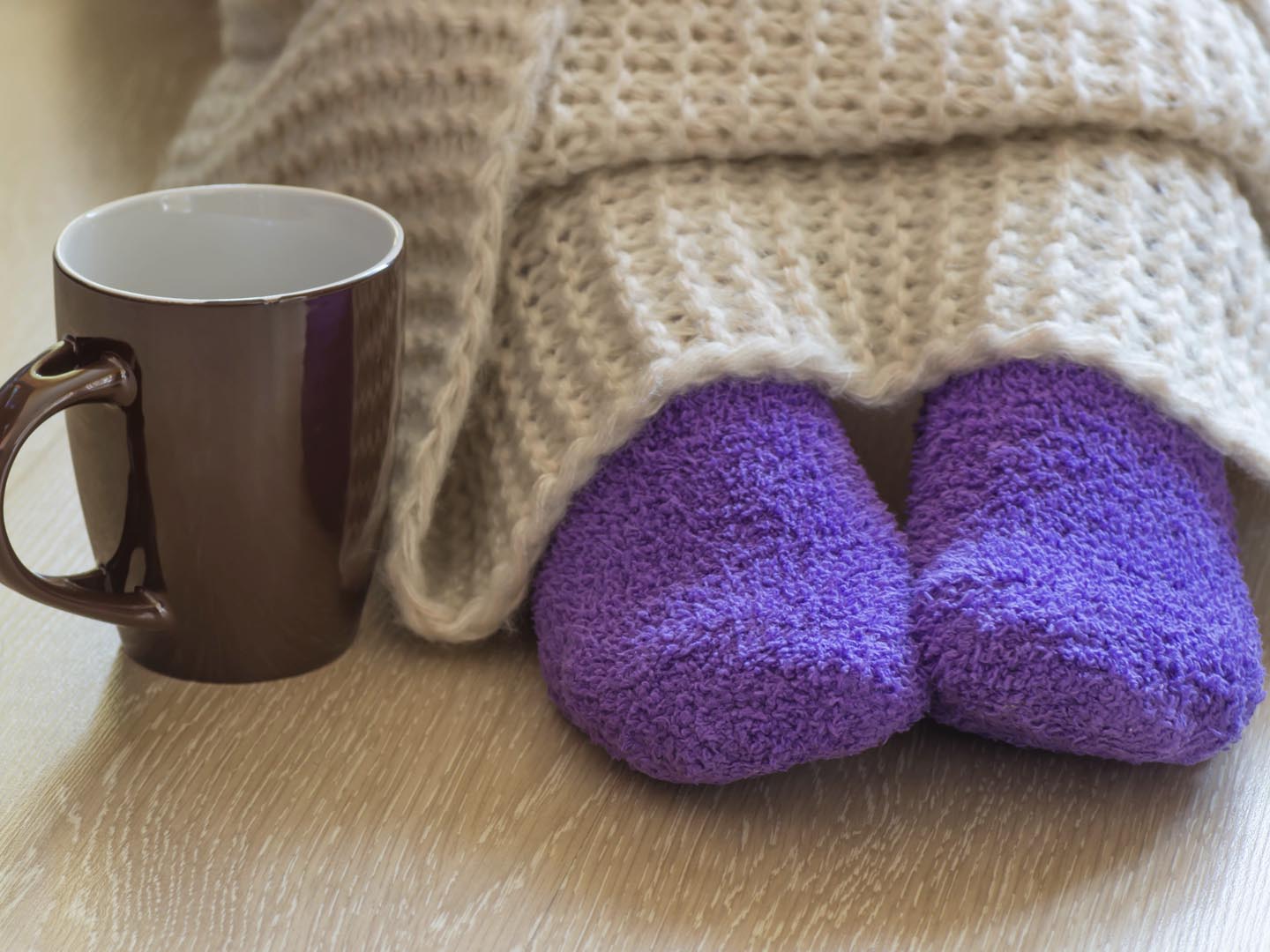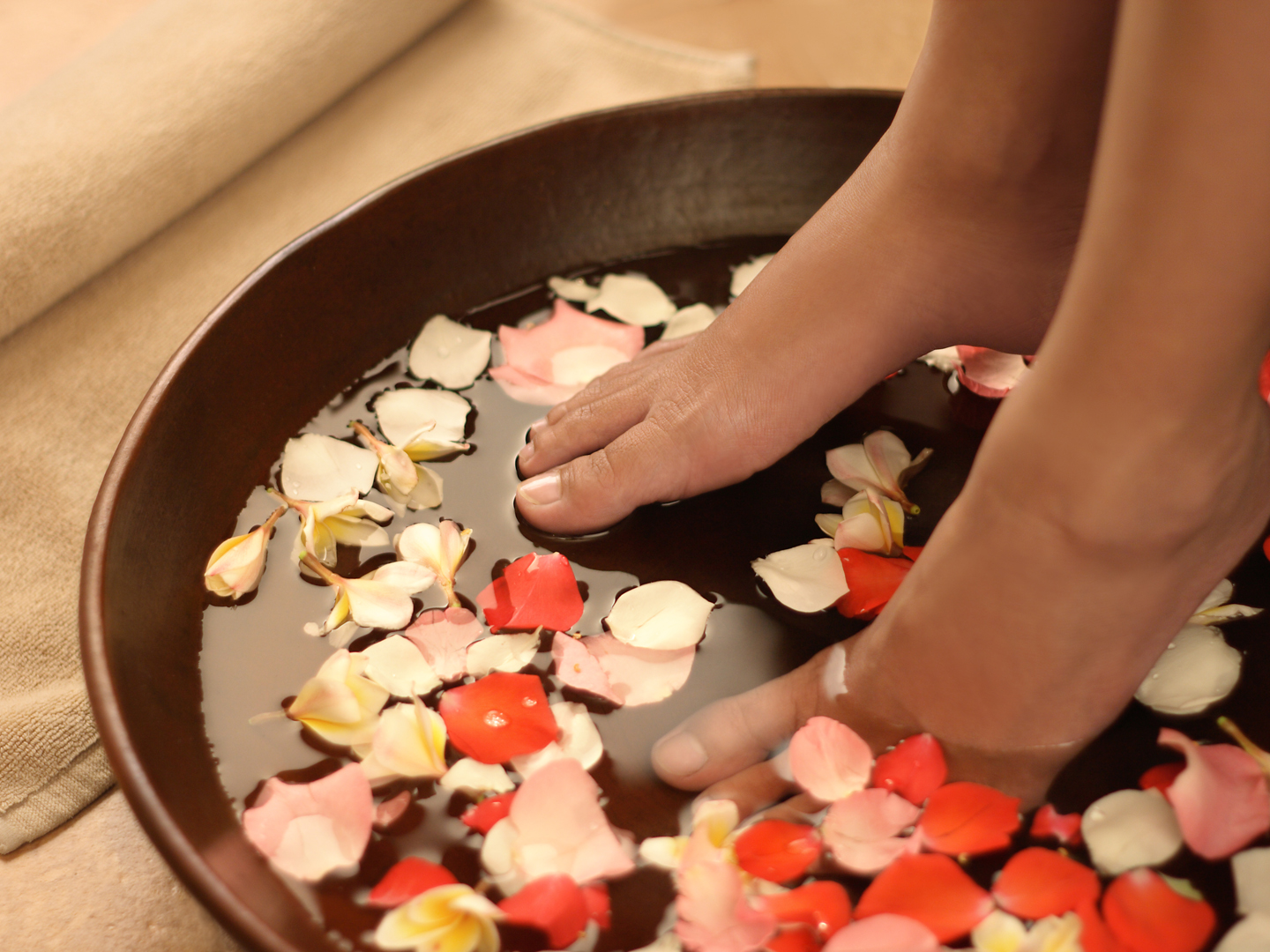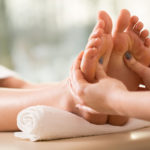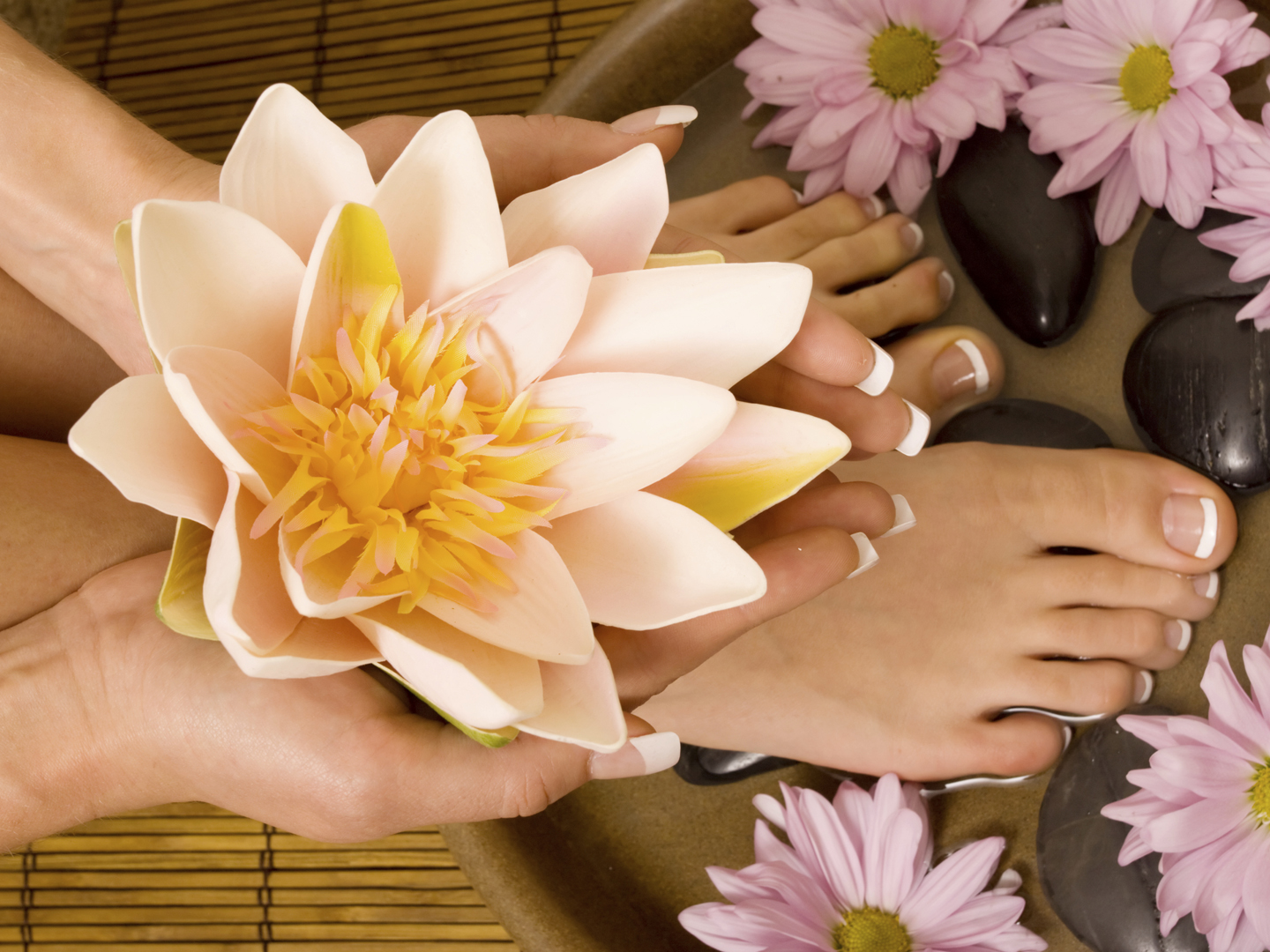Cold Hands and Feet?
What do you recommend for Raynaud’s disease?
Andrew Weil, M.D. | April 17, 2007

In those with Raynaud’s disease, the fingers and toes blanch and may become numb or painful on exposure to cold. The root problem is abnormal neurovascular reactivity – that is, the nerves controlling blood flow through small arteries become oversensitive, constricting vessels in peripheral areas of the body (fingers, toes, nose and earlobes) in temperatures that should not trigger this response. (Constriction of peripheral blood vessels is a protective response to conserve body heat in cold environments.)
This condition is most common among in women, between the ages of 15 and 40. Raynaud’s disease can occur on its own or it can accompany (and often precedes) serious autoimmune diseases such as lupus (systemic lupus erythematosus, also known as SLE) and scleroderma. It is weakly associated with developing in people who have with carpal tunnel syndrome, and it can also be triggered by some medications, including beta blockers used to treat high blood pressure, drugs for migraine that contain ergotamine, certain chemotherapy agents, and in over-the-counter cold remedies that cause blood vessels to constrict.
To prevent the symptoms of Raynaud’s, be sure to dress warmly during cold weather – wear thick socks, heavy gloves or mittens, a hat and scarf. If you smoke, stop – along with all the other health hazards smoking presents, nicotine constricts arteries in the extremities and can worsen Raynaud’s symptoms. Other stimulants including caffeine can also aggravate Raynaud’s.
My colleague, hypnotherapist Steve Gurgevich, Ph.D., notes that Raynaud’s disease is quite responsive to such mind/body methods as self-hypnosis and biofeedback training to “warm” the hands. Using these methods, you can quiet the reactivity of nerves and blood vessels in your hands and feet and allow more blood to flow in them. During attacks, running warm (not hot) water over your hands and feet may shorten the episode or reduce the severity. Try my relaxing breath to help relax the entire autonomic nervous system, including the nerves that control small arteries in the hands. And because stress can bring on attacks, relaxation training may help you avoid episodes. You also can try acupuncture; which may decrease the frequency of attacks.
In addition to addressing temperature changes and trying mind-body techniques, I recommend taking 100 mg of niacin (vitamin B3) twice a day. This helps dilate blood vessels. Ginkgo can also help increase circulation in the fingertips. Take 120 to 240 mg per day. Prescription medications, such as the calcium-channel blockers usually given to treat high blood pressure, are often used if other strategies aren’t sufficient. They can decrease the frequency and severity of attacks, but also have side effects – such as ankle swelling, headache and flushing.
Andrew Weil, M.D.









